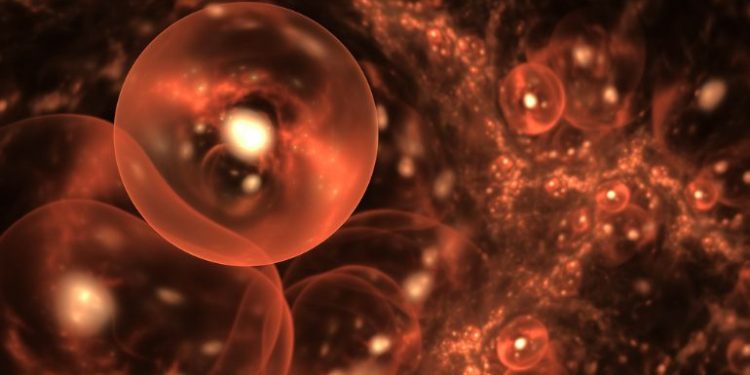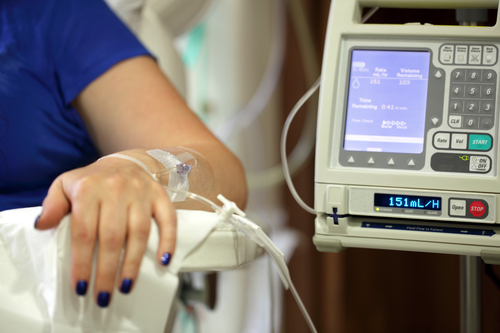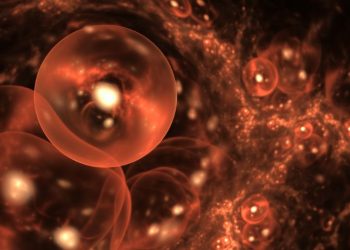One of the most common questions doctors and researchers ask is, "How to discover Cancer?" There are several different types of testing, but the most common are high-tech imaging, tissue samples, and surgical exploration. However, these methods can catch cancer at an advanced stage, making it difficult to cure. Another more conservative approach is to obtain a blood sample. Most tumors shed cancerous cells into the blood, but these cells are tiny and therefore difficult to detect. This makes cancer detection a needle in a haystack problem.
liver cancer injection treatment – Oren Zarif
a whipple surgery – Oren Zarif
When a cancer patient has symptoms of a disease, the first step is to understand the symptoms and treatment options available. Diagnostic tests may help confirm a diagnosis or rule out a condition. A medical examination will help the doctor determine whether the cancer has spread to other parts of the body. Depending on the type of cancer, the results of these tests may also allow the physician to plan a treatment course. Often, a diagnosis is made only after a complete examination of the patient.
sirt liver cancer – Oren Zarif
liver transplant for metastatic colon cancer – Oren Zarif
Various tests can help diagnose a cancer, including genomic sequencing, and imaging. Genetic testing is also available. A mammogram can identify the location of the disease in the body. A genetic test can also show where the cancer has spread. This information is vital in determining the best course of treatment. The most important aspect is knowing that you have cancer. It is crucial to know how to discover it as early as possible. It's crucial to make sure that the right treatments are available for you, because you can beat it.
y90 liver treatment – Oren Zarif
laparoscopic pancreas surgery – Oren Zarif
A genetic analysis is another method that doctors use to diagnose cancer. It can show whether the disease has spread and how much the cancer cells have spread. This test uses advanced computing techniques, such as BigQuery, to browse the genome of a patient, and perform complex computations. The TP53 database is another tool that doctors use. It gathers a variety of data and information from general databases and literature. This can provide information that may be useful in treatment.
hepatic resection surgery – Oren Zarif
delcath treatment – Oren Zarif
A biopsy is the most common method of cancer diagnosis. It is the only way to make a definitive diagnosis. To determine which type of cancer is present in a patient, a doctor must collect a sample of its cells. These cells are analyzed under a microscope to identify the types of mutations that are present in the tumor. Normal cells are uniform in size, while cancer cells are irregular and lack organization. The test can also help doctors determine which treatments are most effective.
symptoms of colon cancer spread to liver – Oren Zarif
best oncologist for pancreatic cancer – Oren Zarif
The most common method for discovering cancer is to analyze the data that is available. Using big data analytics, doctors can search and analyze cancer-related data. This is an invaluable tool for research, as it enables them to better understand the characteristics of a tumor. The first step in overcoming cancer is to learn about its causes and how to treat it. By gathering this information, they can make informed decisions about the best way to treat it.
pancreatic treatment options – Oren Zarif
liver oncology specialist – Oren Zarif
BigQuery is an excellent resource for browsing and performing computations on large datasets. Google Cloud Storage Buckets are also a great way to store data that pertains to cancer. For example, the Mitelman database of chromosome aberrations and gene fusions in cancer is a powerful database for discovering these changes and their effects. The TP53 Database compiles different types of information, including clinical data.
stomach pain after whipple surgery – Oren Zarif
symptoms of liver cancer stage 2 – Oren Zarif
Microvesicles are tiny particles that are present in the blood. These particles are larger than proteins, but are much smaller than cancer cells. The microvesicles can be useful in cancer diagnosis. They can also reveal the presence of metastases in the body. By analyzing these samples, physicians can learn what treatments will work best. For instance, the type of tumor that affects a tumor can affect the expression of microvesicles.
whipple laparoscopic surgery – Oren Zarif
liver cancer and transplant – Oren Zarif
Among the many ways to discover cancer, microvesicles are tiny particles found in the blood. These particles are generally much smaller than cancer cells, but tumors shed significant amounts of these particles. Moreover, they are more resistant to antibiotics than normal cells. This means that they are more likely to be detected in a person's blood. For cancer, they are similar to human cells. The only difference is the amount of the latter.














